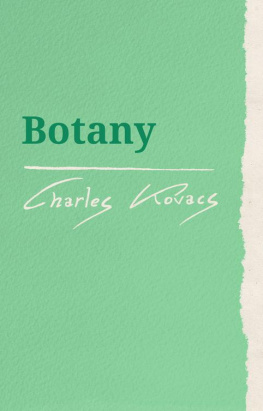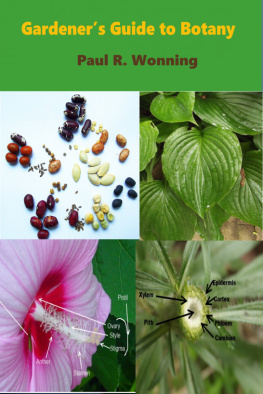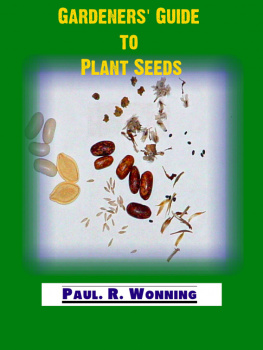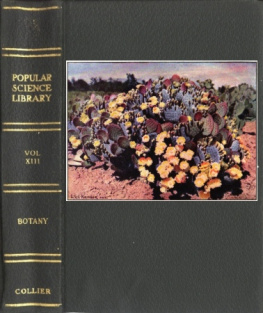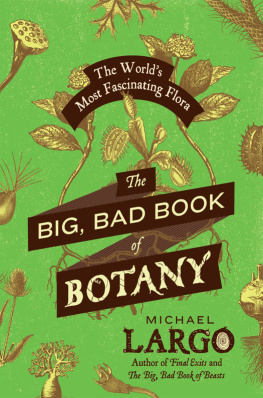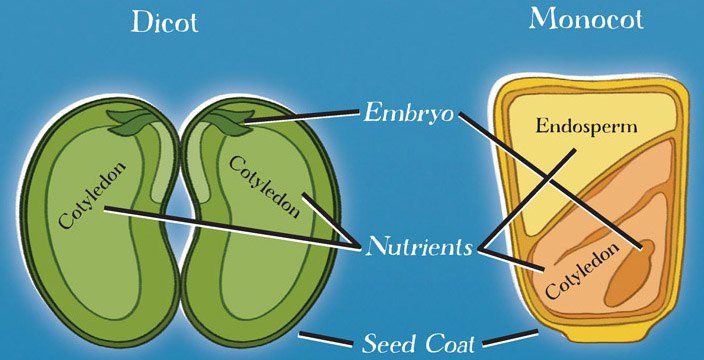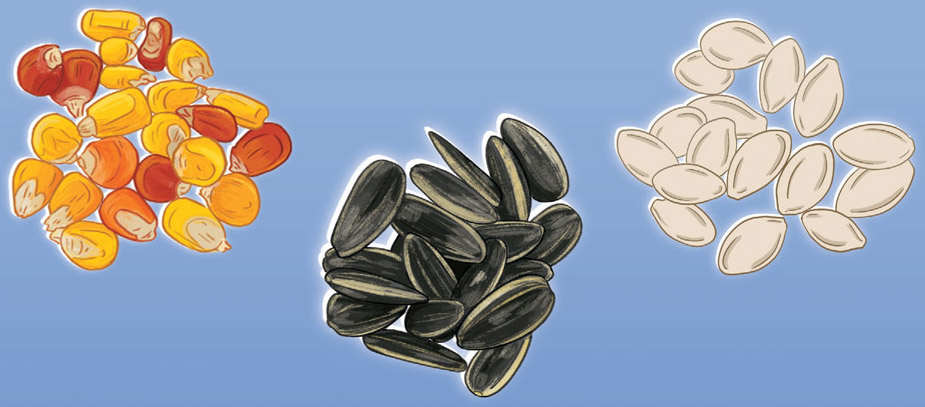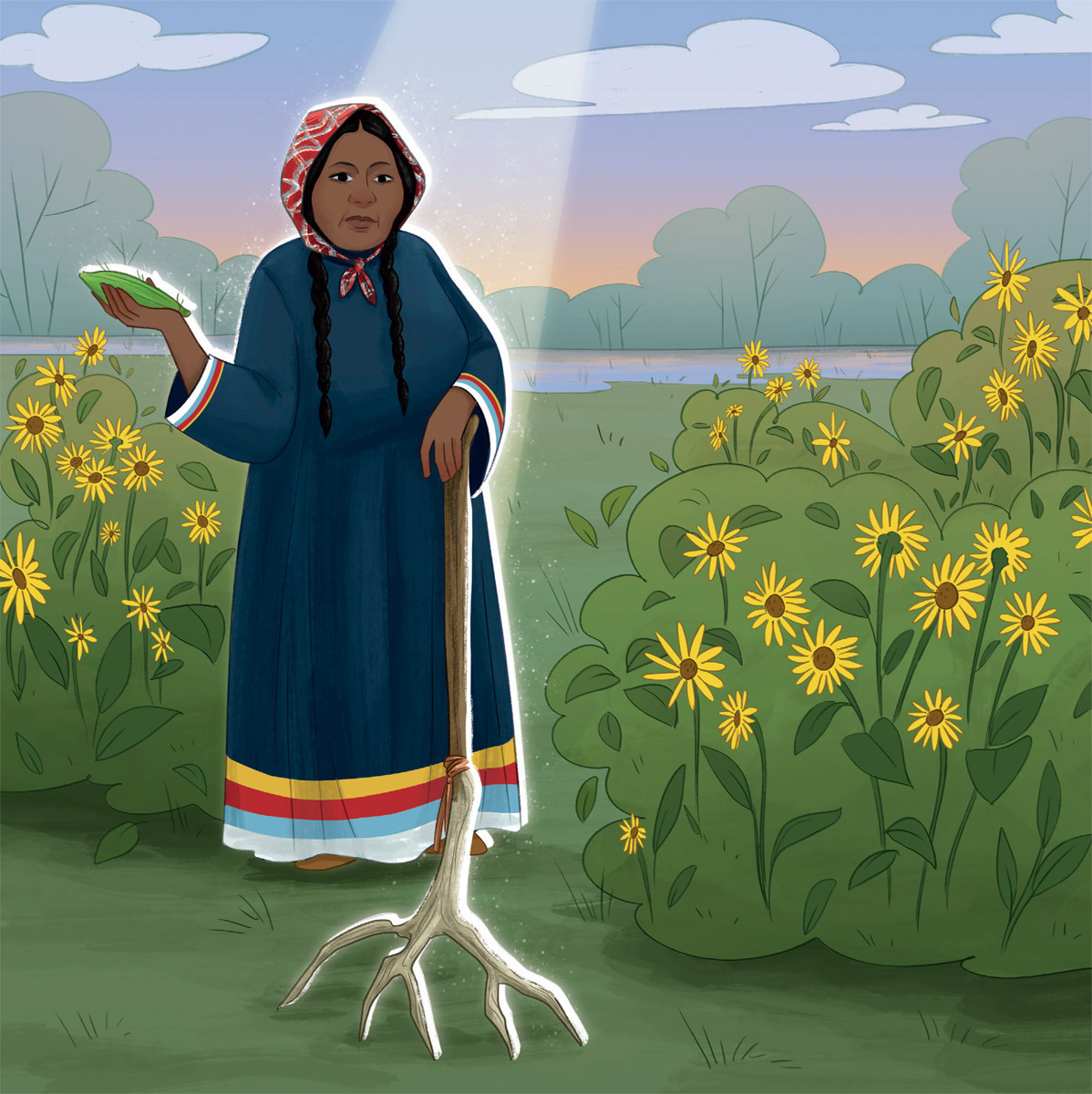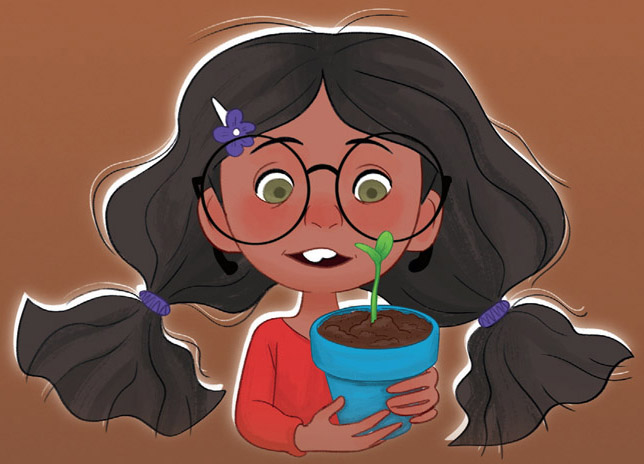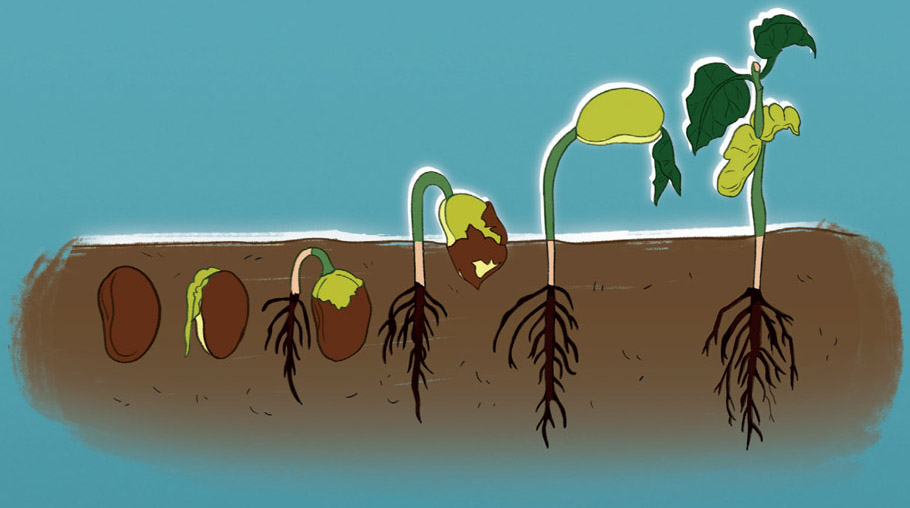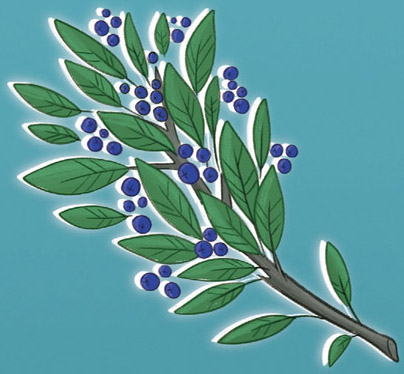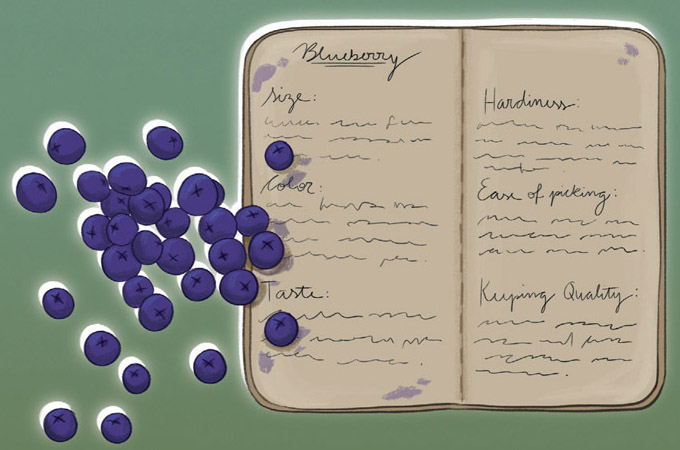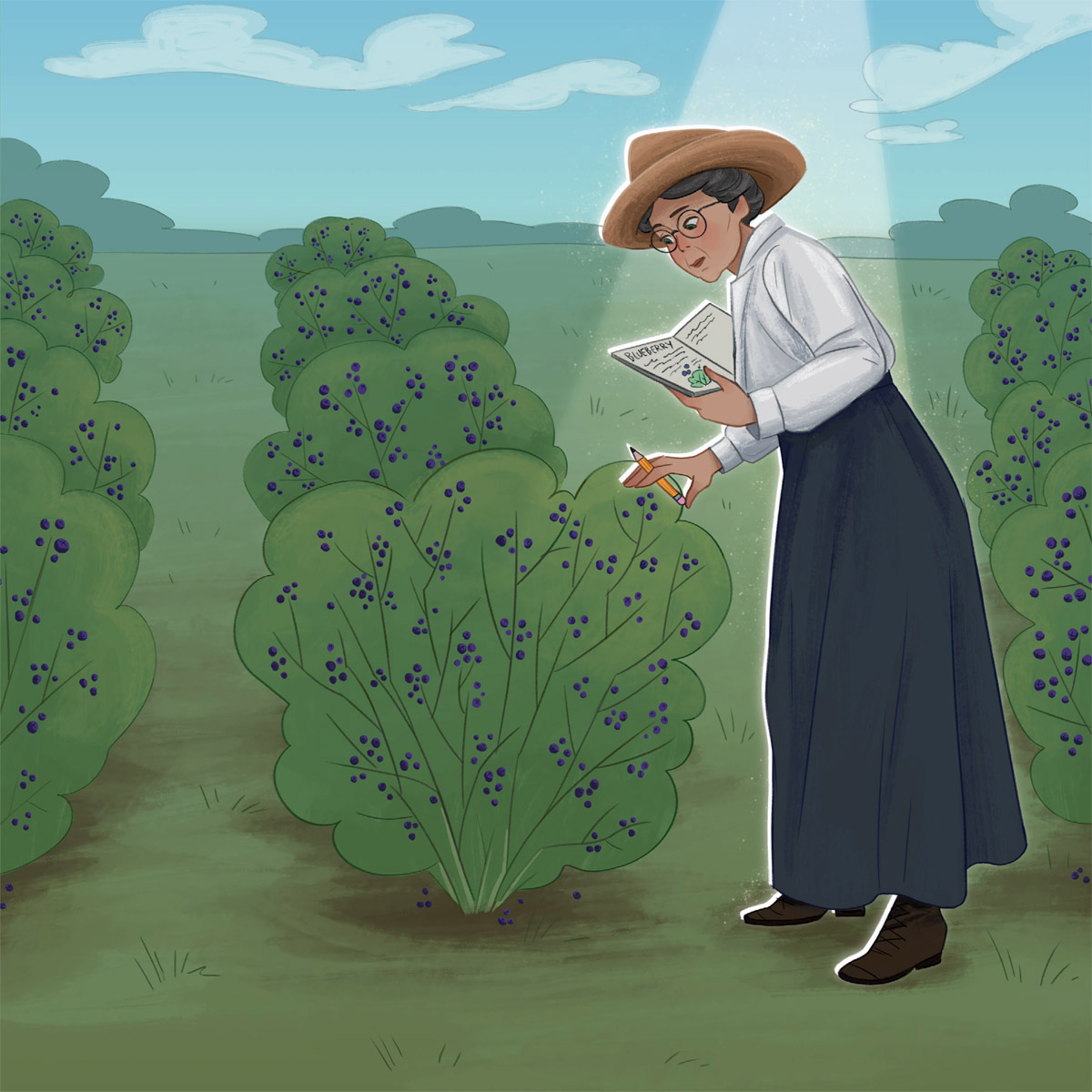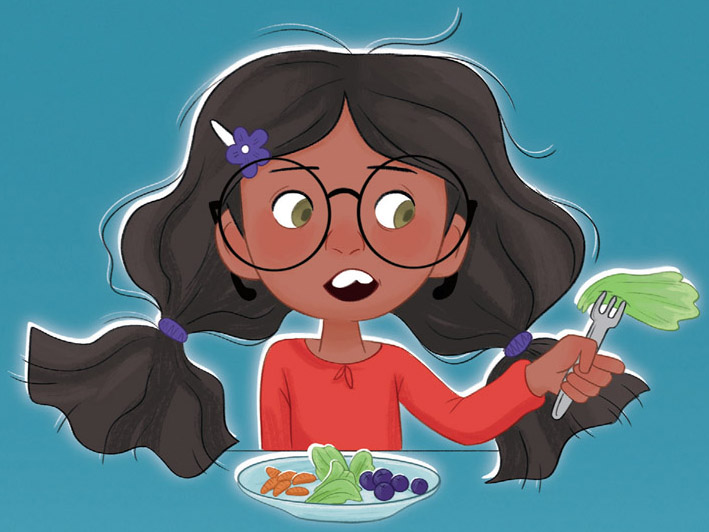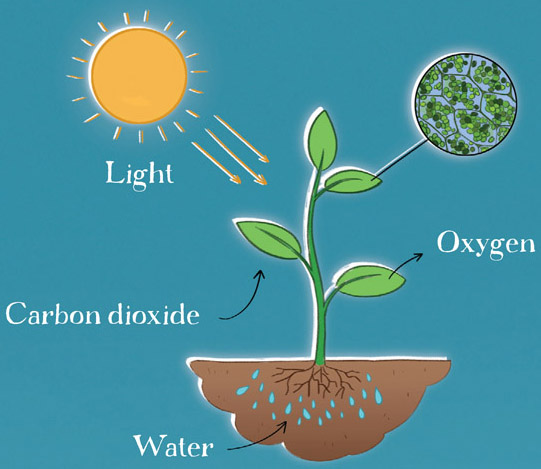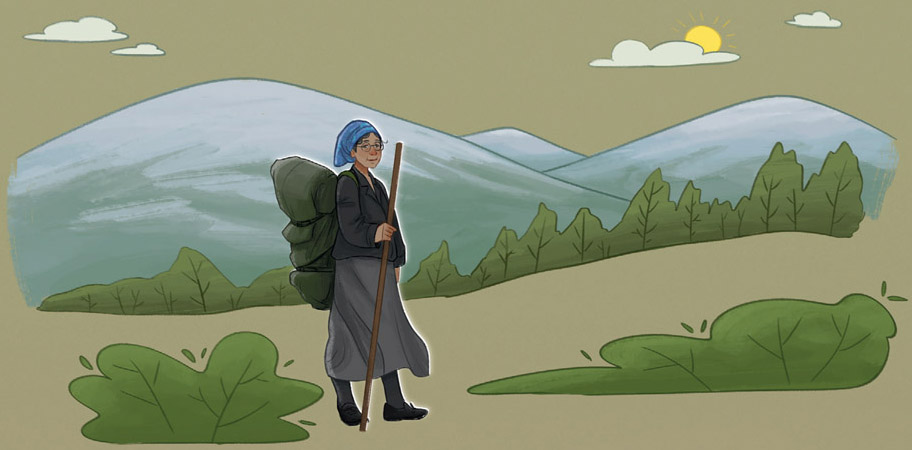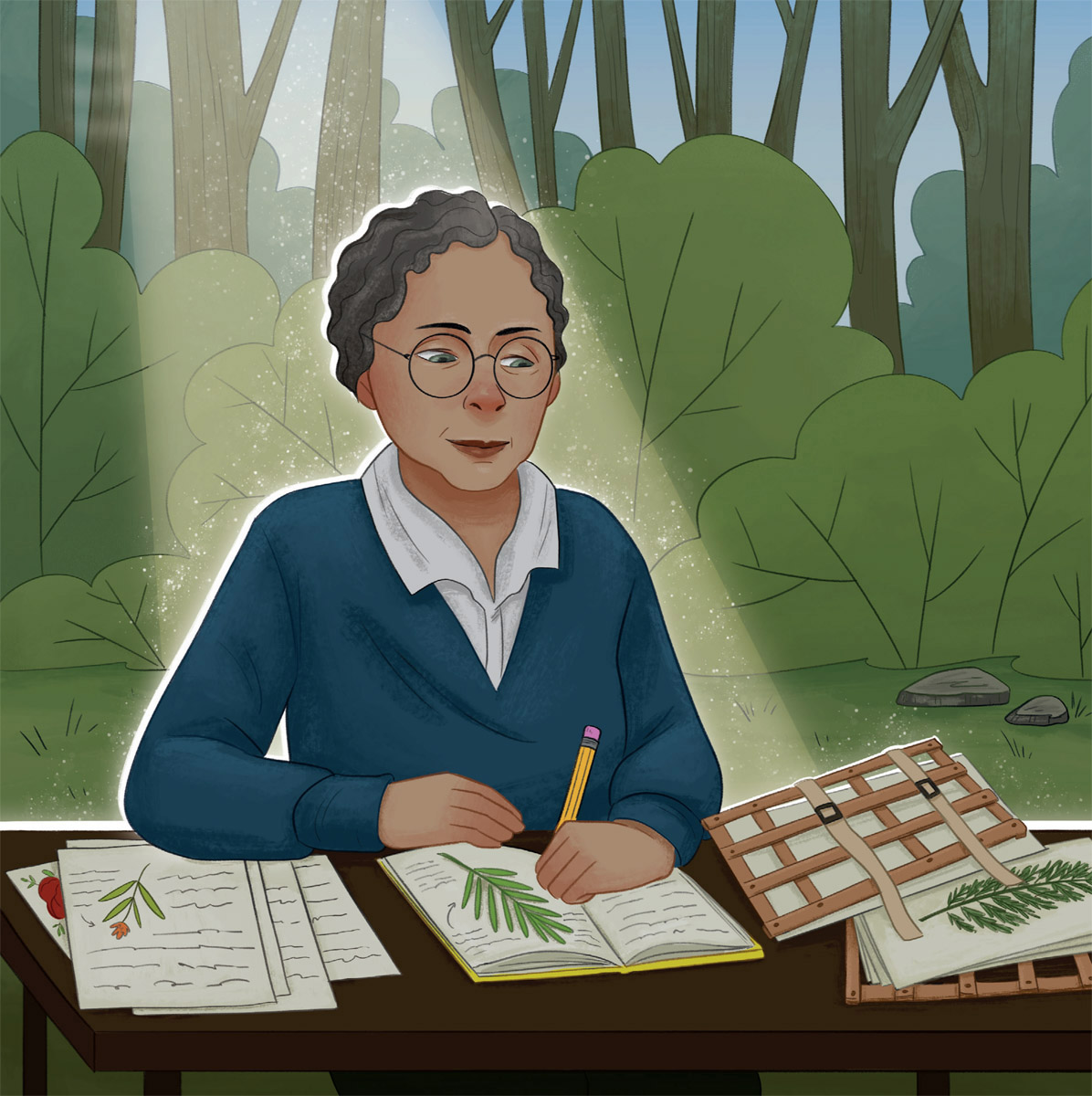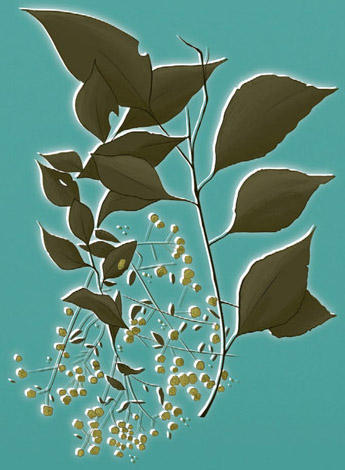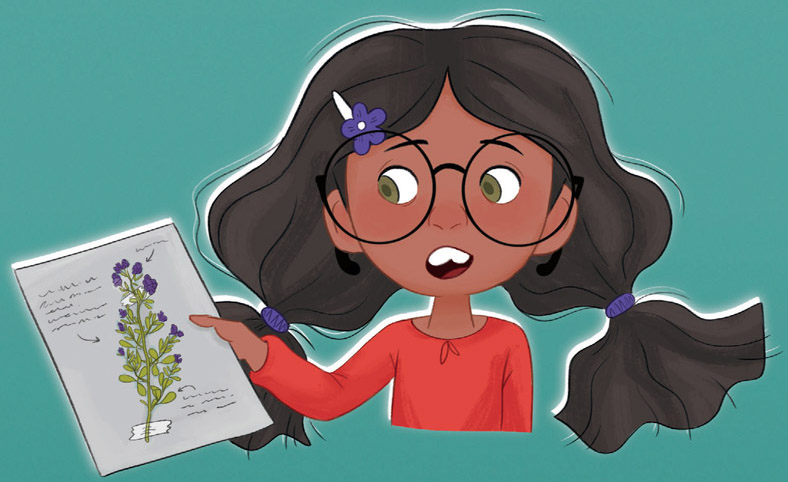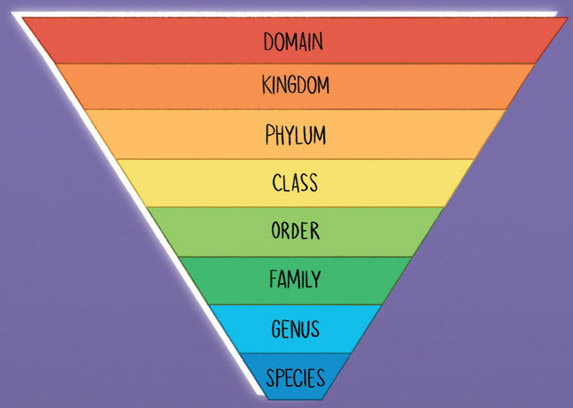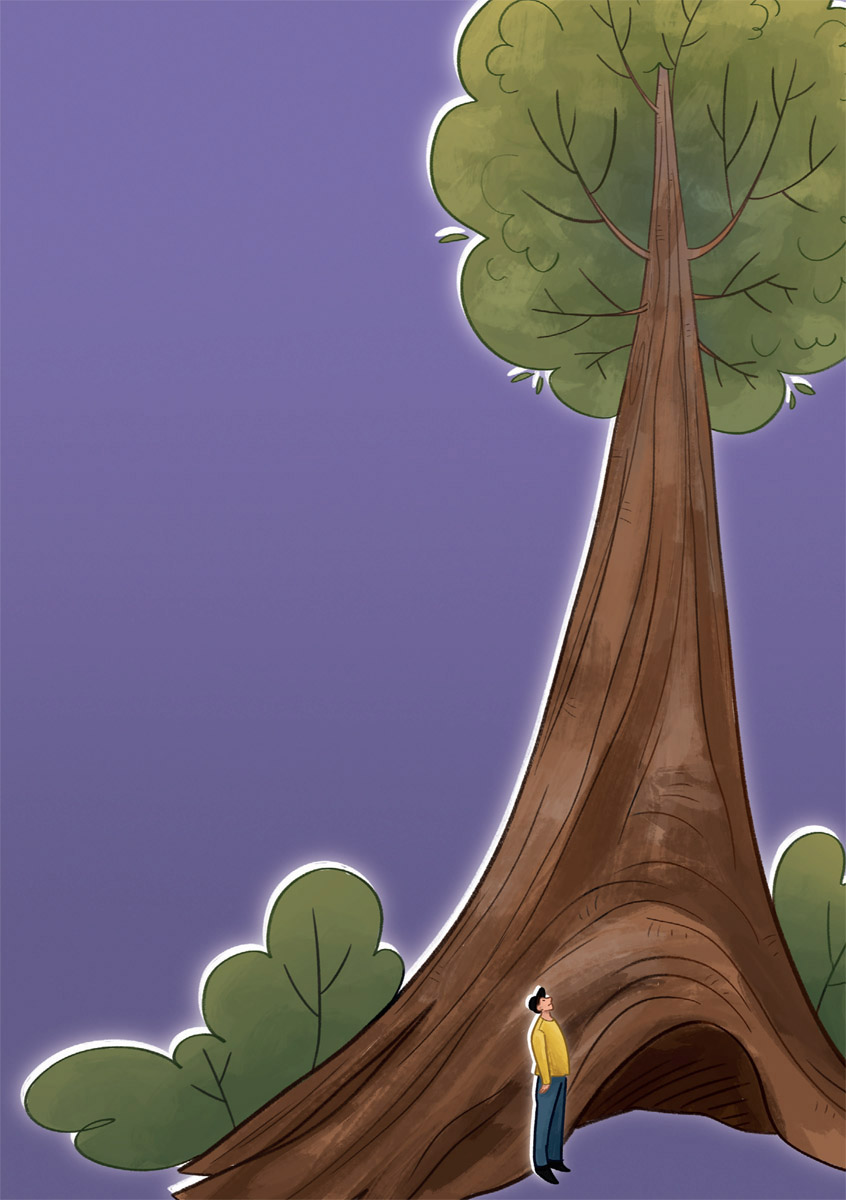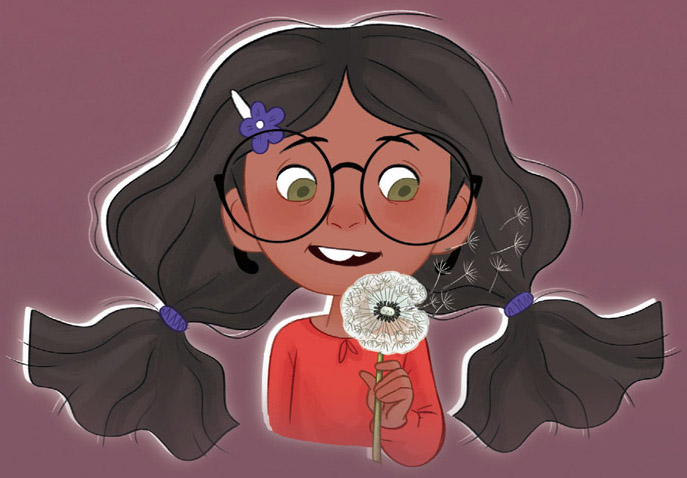Mary Wissinger - Women in Botany
Here you can read online Mary Wissinger - Women in Botany full text of the book (entire story) in english for free. Download pdf and epub, get meaning, cover and reviews about this ebook. year: 2022, publisher: Science, Naturally!, genre: Children. Description of the work, (preface) as well as reviews are available. Best literature library LitArk.com created for fans of good reading and offers a wide selection of genres:
Romance novel
Science fiction
Adventure
Detective
Science
History
Home and family
Prose
Art
Politics
Computer
Non-fiction
Religion
Business
Children
Humor
Choose a favorite category and find really read worthwhile books. Enjoy immersion in the world of imagination, feel the emotions of the characters or learn something new for yourself, make an fascinating discovery.

- Book:Women in Botany
- Author:
- Publisher:Science, Naturally!
- Genre:
- Year:2022
- Rating:4 / 5
- Favourites:Add to favourites
- Your mark:
Women in Botany: summary, description and annotation
We offer to read an annotation, description, summary or preface (depends on what the author of the book "Women in Botany" wrote himself). If you haven't found the necessary information about the book — write in the comments, we will try to find it.
Can one seed make a difference?
Women in Botany introduces kids to the field of botany through the questions of a spunky girl. Readers will experience the dazzling world of plants and learn about timeless women botanists who have used tiny seeds to do huge things, like create new medicines and feed their communities. The highlighted women hail from all over the world, span from the 16th Century to present day, and include Waheenee, Yns Mexa, Dr. Janaki Ammal, Elizabeth Coleman White, Loredana Marcello, and Dr. Wangari Maathai.
Designed to motivate girls to learn more about the field of botany and see how one persons creativity and determination can change the world, this book has been peer reviewed by an extensive team of scientists, science educators, and parents. Concepts covered include botany, parts of a seed (embryo, endosperm, seed coat), parts of a plant (roots, stem), conditions for plant growth, plant species, parts of flowers (anther, stigma, pollen), The Linnaean System, hybrid plants, medicines, conservation, and photosynthesis.
Part of the riveting Science Wide Open series, Women in Botany shows young readers how their own big ideas can blossom.
Mary Wissinger: author's other books
Who wrote Women in Botany? Find out the surname, the name of the author of the book and a list of all author's works by series.

